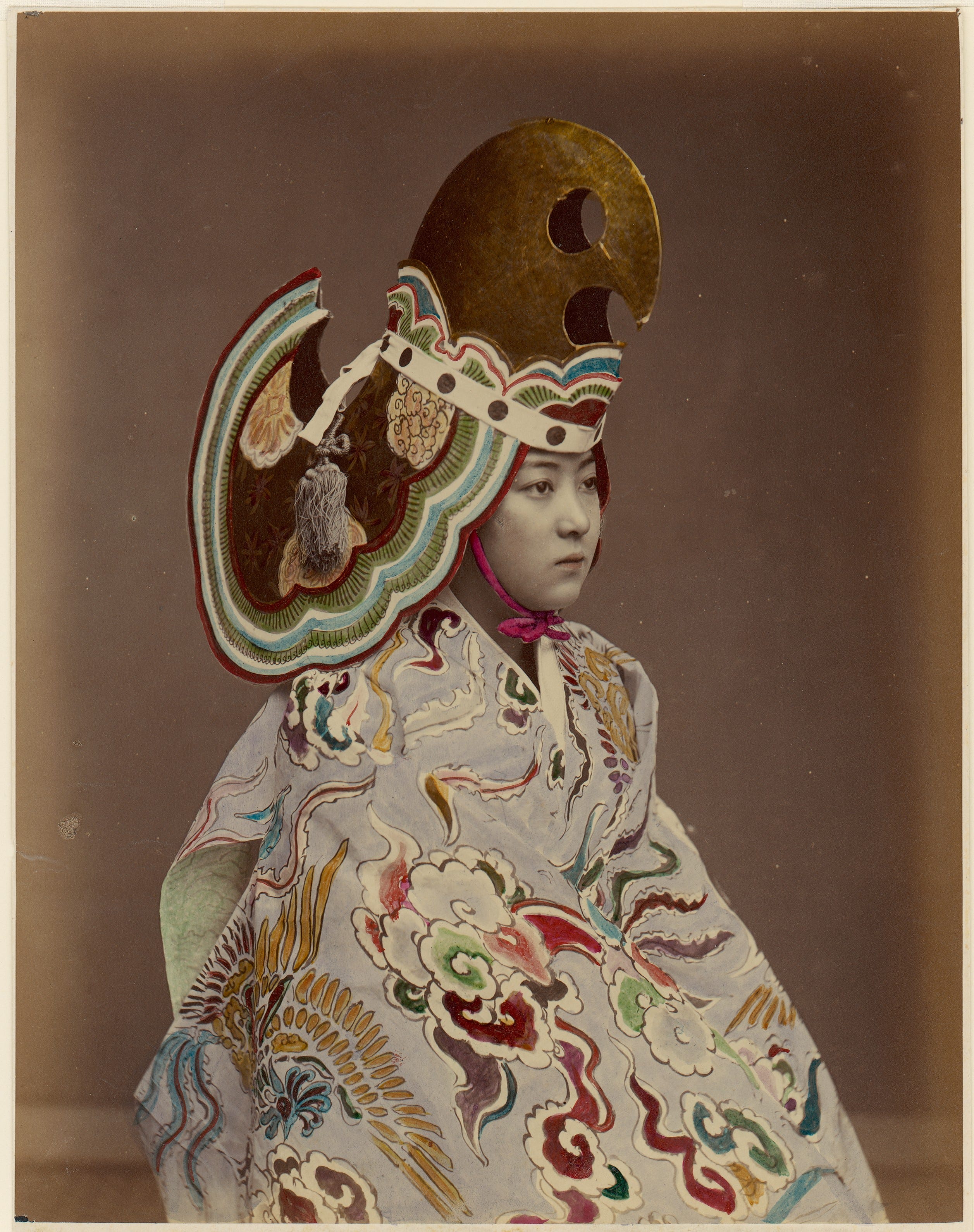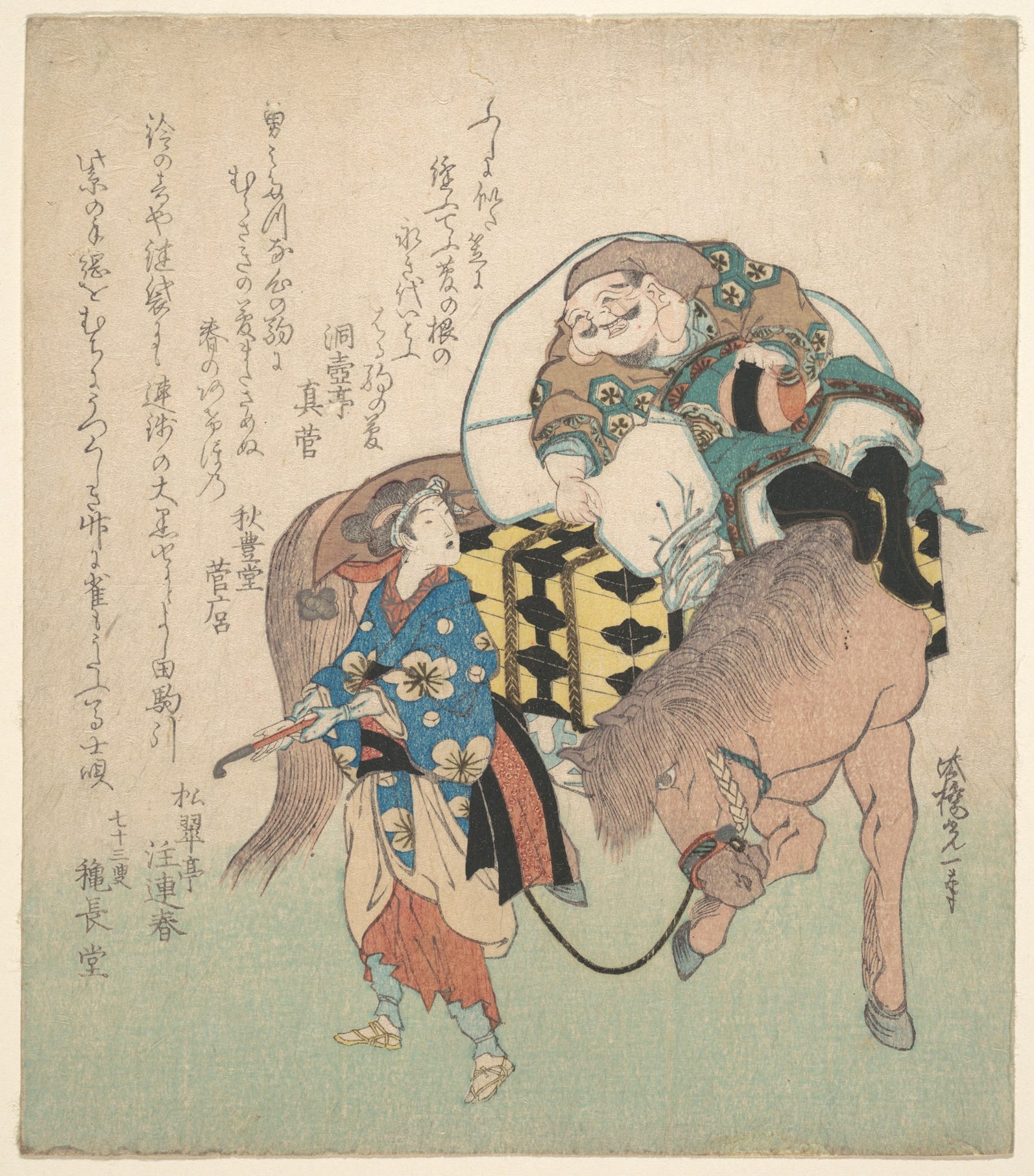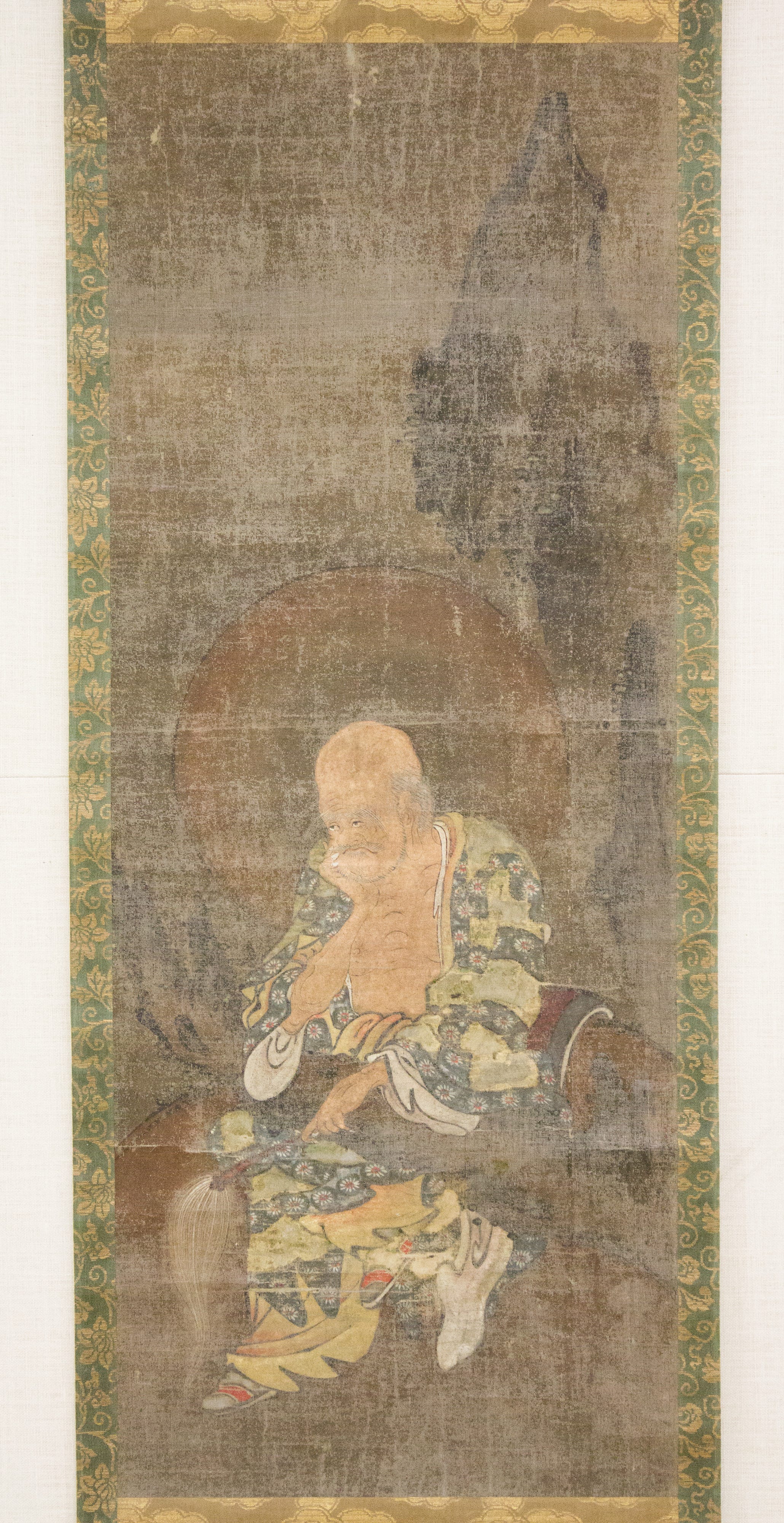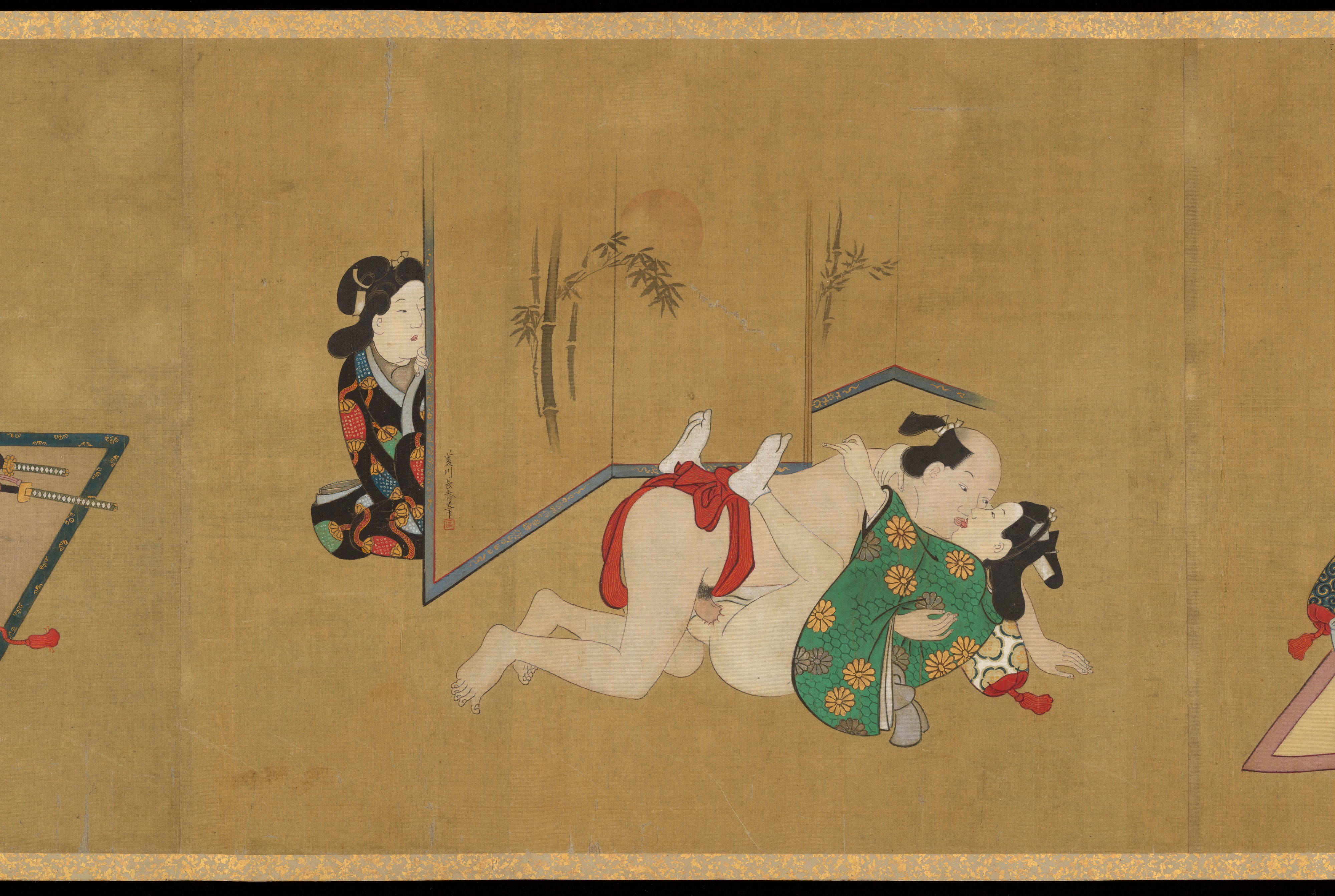
Four Things To Read
I usually list here for essays or articles that I have come across that I think will interest you. For the most part, that is what I will continue to do. I have, however, defined for myself a reading project for 2024, which is to read the books that are on my shelves by people I know that I have either not read at all or have not been able to finish. When I am so moved, I am going to tell you about them here. I’ve finished two so far.
My Mother’s Story, by Sonia Alland: Sonia’s book is notable, for me, not only because it captures quite vividly aspects of the Jewish immigrant experience, and her family’s experience in particular; the book also captures quite poignantly the process of meaning-making through the construction and reconstruction of narrative. In other words, Sonia doesn’t just construct a narrative of her family’s, and particularly her mother’s, past; she makes herself-in-the-act-of -constructing-the-narrative part of the story. So it becomes clear that the she is creating the story not in pursuit of an objective truth, but rather a truth she can live with, and that will sustain her, and those who come after her, as they move forward through their lives. The book gives meaning to the past so that meaning can be given both to the present and future. (On another note, Sonia and I are working on translations of the Catalan poet, Salvador Espriu. If you’d like to check them out, you can do so on Plume, on EuropeNow, and on Asymptote.)
September 12, by Andrea Carter Brown: This is a marvelous, meticulously crafted book of poetry. It’s divided into five sections that are loosely of organized around the idea of before, during, and after, but it is probably more accurate to call the book an exploration of the interior experience of before, during, and after. It’s a book that you have to—or at least I had to—read in stages, one section at a time, both because the emotional power of its content needs room to move in you and for the way the language itself, the way it is crafted, needs room to breathe before you’re ready to move on. The craft of this book bears real study—and I mean by craft here a deliberate attention to the music of the line, at the level of the syllable, of how a poet can play that music in counterpoint to the music and rhythm of syntax. I do not think there is a single traditionally formal poem in the book, and yet almost every poem in the book has the feel of that kind of poem. I don’t mean by this that the book is somehow perfect, no book is, no work of art can be, but September 12 is a profound example of why the conscious, deliberate application of craft is so important in poetry that bears witness to trauma; and also of how craft opens up the possibilities of what poetry-as-witness can do in a way that nothing else can.
Children Anticipate What Others Want, But Great Apes Don’t, by Joanna Thompson: “[A] team of scientists found that young children from diverse cultural backgrounds have the ability to anticipate other peoples’ food preferences—but nonhuman great apes do not…Some researchers are a bit skeptical about whether this truly disproves apes’ capacity to take on other perspectives, however…Just because a chimpanzee doesn’t want to share food with humans doesn’t mean it can’t empathize with members of its group…What’s more, [a]ll of the kids in the study were between five and 11 years old. By that point, they would have acquired linguistic and problem-solving skills far beyond that of any ape.” I find the critique of the study more interesting than the results of the study itself, but the whole question is truly an interesting one to ponder.
Co-Teaching a Class on Israel and Palestine, by Bernard Avishai: “For the past two years, at Dartmouth College, I have been co-teaching a course called The Politics of Israel and Palestine with Ezzedine Fishere, a former Egyptian diplomat who served under the United Nations Special Coordinator for the Middle East Peace Process. Our work in the class—a civil, exploratory dialogue sustained over eighteen sessions—anchored a series of public forums at the college in the aftermath of the horrors of October 7th. These drew several hundred students and faculty into the college halls, and were watched by two thousand more online; they proved sufficiently helpful in preëmpting the polarization that has afflicted other Ivy League campuses to gain the attention of various national media…I’ve been thinking more about our miniature peace process, about how a university might organize for difficult subjects—and about what, after all, universities are.” This short piece is well-worth reading, both for the way Avishai talks about the details of his and Fishere’s co-teaching and because of the conclusions he reaches about “what universities are.”
Thanks for reading It All Connects...! Subscribe for free to receive new posts and support my work.
Four Things To See
These images are all from The Metropolitan Museum of Art.
Bugaku
This photograph of a woman in a bugaku-style costume was probably produced for the tourist trade. Bugaku, a traditional form of Japanese court theater that dates back to the first millenium, was performed only by men. The photographer's use of a female model suggests that he was concerned more with effect than with authenticity.

The God of Good Fortune Daikoku, on Horseback, Being Led by an Ohara Maiden
by Hokkyō Kōitsu, probably 1834, year of the horse

Rakan
In the Style of Keinin Sumiyoshi Japanese, 15th century

Handscroll of Ten Homoerotic (Nanshoku) Scenes, by Miyagawa Chōshun, early 18th century
Although during the Edo period there was no taboo or stigma associated with male-male sexual liaisons, and many famous writers, artists and other celebrities were known to have same-sex lovers, there are very few surviving deluxe paintings capturing scenes like this one, which can be seen in context in this handscroll.

Four Things To Listen To
Di Arbuzn (The Watermelons): A Soviet Yiddish Folk Song
Two Yiddish Leibu Levin Songs Sung by His Daughter, Ruth Levin
Ruth Levin—singer and daughter of Yiddish orator, singer, and performer Leibu Levin—sings a children's song from the Bucharest Yiddish Theater before World War Two and the lullaby, "Leyg dayn kop af mayne kni," with words from H. Leivik and melody from her father.
A Couple Songs Remembered from a Yiddish Choir in Lodz
Menashe Rotberg—Holocaust survivor from Lodz, now living in Israel—sings two songs that he remembers from his years in a choir in Lodz.
The Daughters of Chuvashia Marching to Defeat Facism: A Yiddish Song from the Archives
Anna Shternshis, Associate Professor of Yiddish at the University of Toronto sings and explains the history of Chuvasher Tekhter (Daughters of Chuvashia), an anti-facist song she found in the Archive for Jewish Proletarian Culture.
Four Things About Me
There were always animals in the house when I was growing up. In addition to the dogs and cats we had over the years—at one point there were two of each—we had tropical fish; a bird, which I think was my brother’s; a rainbow boa constrictor, which was mine; and I don’t remember whether it was before or after the snake, but I also had an iguana that would sit on my arm while I did my homework. The oddest pet we had, though, was a tame squirrel. I don’t remember how it came to us, but we only had it for a short time. One day, our dog—I’m pretty sure it was Valkyrie, the husky—got into the tank that was the squirrel’s home and killed it.
When I was a kid, my grandparents owned a house in Dutchess County, on Hibernia Road, right off the Taconic Parkway at what was called back then Exit D15. My memory is that they had about an acre of property, part of which was a forest—or at least it seemed like a forest to me—that ran along the one of the banks of Wappinger’s Creek. I used to love to wander among those trees, imagining all sorts of adventures, especially if I walked far enough that I came to the barbed wire that marked the end of the property. What I remember most, though, is the spot that, after it rained, me, my brother, and three local boys who became our friends used as a mud slide down into the creek. I drove by that house with my wife not too long ago and the property is almost unrecognizable, having been divided into three or four separate lots, each with its own house and driveway. We used to call it “up the country.” Now it looks like some of the more exclusive areas of Long Island.
In the 1980s, I worked at a summer camp in Monterey, Massachusetts called Camp Shalom. It was my first job at a sleep away camp and, if I remember correctly, I was a counselor for a group of six- or seven-year-old boys, one of whom was a boy from Israel who spoke no English and who, if I remember correctly, arrived at camp on a helicopter—though about this I could be wrong. Out of curiosity, I just googled the director, Amnon Aronksind and learned that he died just some weeks ago. I remember Amnon as a kind, good-humored camp director who was fun to work for. He had played professional soccer in Israel and eventually made the Israeli national team. May his memory be a blessing.
When I was a boy, one of the things I thought I might one day be was an astronomer. Not an astronaut like a lot of other kids I knew, but an astronomer, someone whose job was to study the stars, to know them scientifically. Now, one of the things I miss most is being able to see the stars. When I worked at Camp Shalom, there was a rock formation in the grass up the hill from the bunk where I slept that was, somehow, perfectly molded to the contours of my back. I would often lay there at night, staring up at the night sky, reveling in the endlessness of the stars above me. Sometimes, it felt like I could take that great expanse into me and that feeling gave me a profound sense of peace.
You are receiving this newsletter either because you have expressed interest in my work or because you have signed up for the First Tuesdays mailing list. If you do not wish to receive it, simply click the Unsubscribe button below.
Photo of #4 by Pasi Virtakari on Unsplash.
Thanks for reading It All Connects...! Subscribe for free to receive new posts and support my work.
It All Connects is for anyone who grapples with complexity—of identity, art-making, culture, or conscience—to make a difference in their own life and, potentially, in the life of their community.






Member discussion